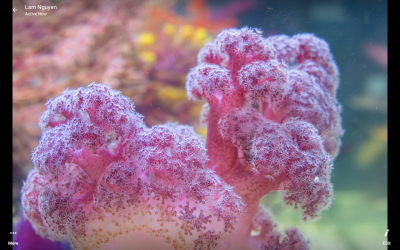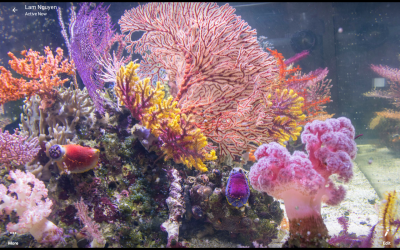- Joined
- Oct 9, 2019
- Messages
- 291
- Reaction score
- 113

For a cheaper version of AWC, I used a high flow Dosing pump on 24V https://www.aliexpress.com/item/32948192564.html
Placed the second dosing pump together on the first motor, used a motor driving shaft that I created myself (but you could probably just buy it online too).
This should allow an even water change. I used regular RO tubing 3 x 15meter (=50 feet each). 2 of them for the water changes which is about 15 meter away from my tank and 1 for adding RO water from the same technical room.
So the AWC dosing pump which is 1 motor (keep the other one as spare), 1 speed as it uses the same motor shaft and 2 heads. Cost me about 50$? Tubing etc another 10$. You can trigger these dosing pumps using a FMM which can trigger a 24V and you can use the FMM ports for water leakage and water levels. I added my own DIY 2x Inductive Water sensor https://www.aliexpress.com/item/33041900609.html on that FMM to check RO water tank and Salt water tank from outside of the tank. (So no need to run wires inside which can corrode)
You could also use the 2 other ports on the FMM for measuring flow. I have one for measuring flow between mij RODI set and my RO tank. If flow drops, I know the tank is full.
To make sure that I would know if there is an issue with the AWC. I'm also using 3 Optical water sensors (https://www.aliexpress.com/item/32955443010.html) . 1 is shared with your Auto topoff of RO to detect normal water level. The 2 others should be placed above and below that normal water level (Auto fill sensor) about half of the water volume you want to replace (or even lower). The 2nd sensor you put the same amount underneath the Auto fill sensor.
During the AWC (which will only start if water levels are normal), TopOff is disabled. During the AWC an alarm will be given when water drops below the low level or goes above the high level.
This allows you to be alerted when for some reason, water is not equally replaced and off by about 50% of the water you would change during the AWC.
Still have to test out a few things and only started using it since a few days, but already wanted to share how I did it.



















